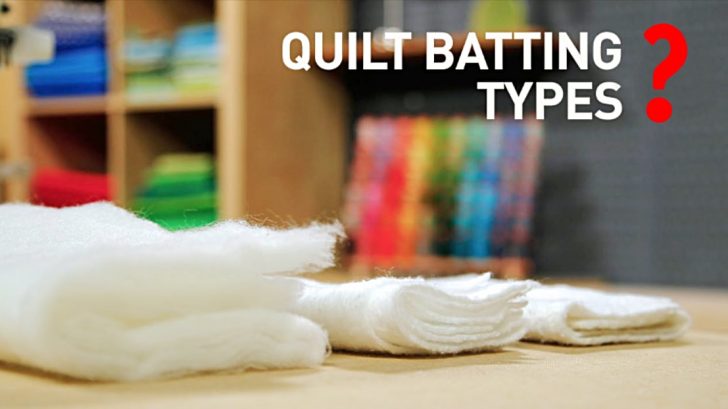Quilts are composed out of a few basic sections: the blocks and border, or quilt top, the backing fabric, the stitching, and the batting.
Batting is what gives the quilt volume, durability, and in a lot of cases, some extra warmth. It’s the part of the quilt you don’t see, but it’s easily one of the most important.
That’s why choosing the right batting is essential for any project. If you need to learn what makes the right batting for your project, let’s go over some basics first.
Standard Batting Sizes:
- Craft- 36″ x 45″
- Crib- 45″ x 60″
- Twin- 72″ x 90″
- Full- 81″ x 96″
- Queen- 90″ x 108″
- King- 120″ x 120″
Types Of Batting Fibers:
- Natural (bamboo, cotton, silk, soy, wool, etc.)
- Synthetic (polyester, recycled plastic, etc.)
- Blends of the two
Lofts:
Loft is the thickness of the batting. High loft is thick and fluffy with a lot of layers, is generally polyester, can be airy or dense, and is great for highlighting detailed quilting. It’s best hand-tied.
Low loft has less weight and layers to it, can be airy or dense, is generally cotton, and is easy to sew both by hand and machine. It also drapes well.
_________________________________________________
Learn more about batting, including fusibility, shrinkage, needle punching, and more in the video down below.


